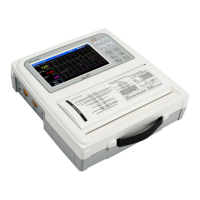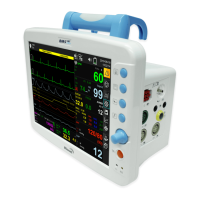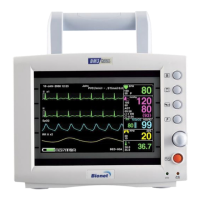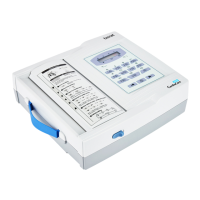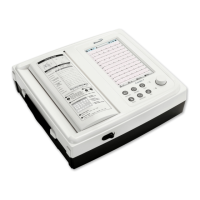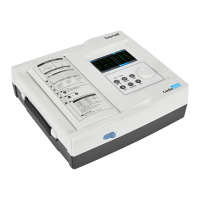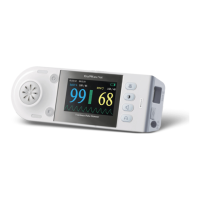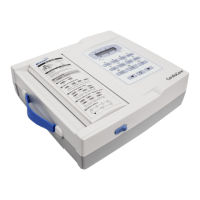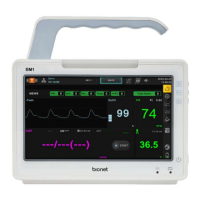What to do if paper runs out during operation of Bionet FC1400?
- MMichael WalterJul 27, 2025
If the paper runs out during the operation of your Bionet Medical Equipment, open the printer. Check to see if the recording sheets are depleted. If they are, replenish the recording sheets and then close the printer.
